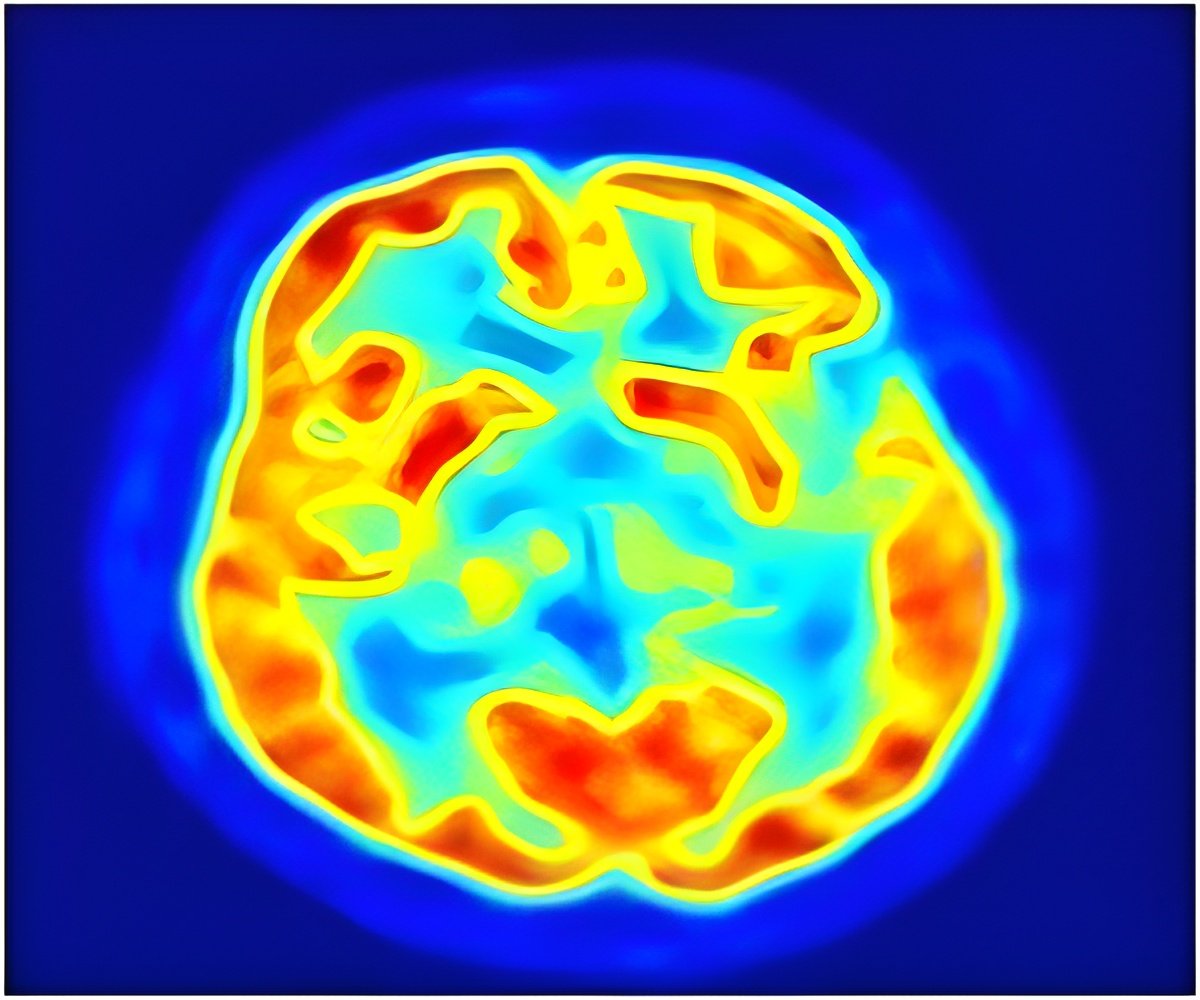Scientists have puzzled over how different senses work together when animals are on the hunt for food.

Studies in the 1960s suggested these two sensory activities were coordinated: sniffing, a sharp, profound intake of air; and whisking, the back-and-forth movement of the whiskers to sample the near environment, akin to the sensation of touch as felt through the fingers in humans. Such coordination could be important for decisions that depend on multiple types of sensory information, for instance, locating food. "The question is how two very different streams of sensory information, touch and smell, are integrated into a single multisensory "snapshot" of the environment," says Kepecs.
These snapshots can be taken at high frequency, up to 12 times a second. To determine whether these two sensorimotor rhythms are indeed phase-locked, Kepecs' team, including postdocs Sachin Ranade and Balázs Hangya, simultaneously monitored sniffing and whisking in rats freely foraging for food pellets.
At different frequencies occurring between 4-12 times per second they found strong 1:1 phase locking -- in other words, every time the rats extended their whiskers to feel their vicinity, they also smelled it.
Surprisingly, they found even when the sniffing and whisking rhythms operating at different fundamental frequencies they were locked in phase. Key to this is that the phases of the sensory input – the start of inhalation and onset of whisking – are aligned, which facilitates multisensory integration.
This is similar to how a person's breathing rhythm settles into place while running and is synchronized to the steps. In both cases, the coordination could be advantageous in terms of energy efficiency. A crucial difference, though, is that in humans, the breathing rate has to catch up to the running rhythm after changes in pace, while for sniffing and whisking in rats they lock into phase immediately.
 MEDINDIA
MEDINDIA



 Email
Email




